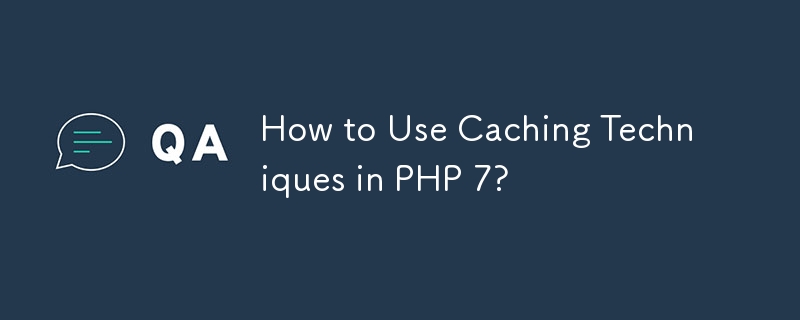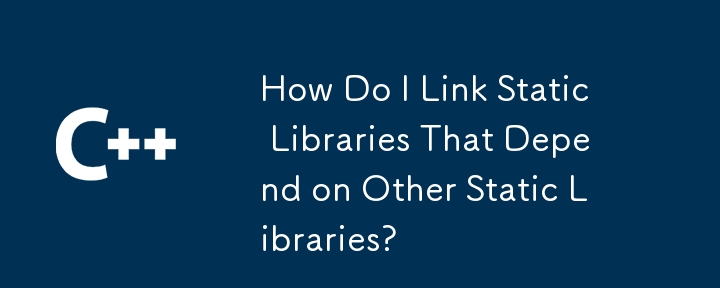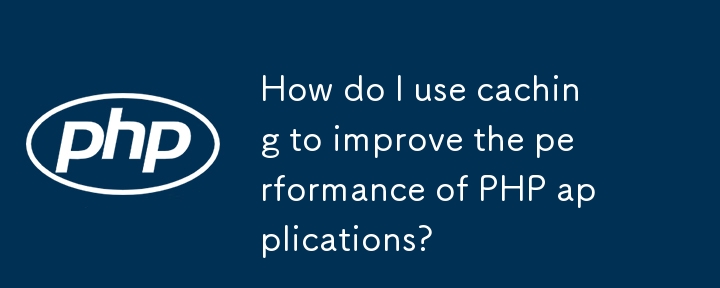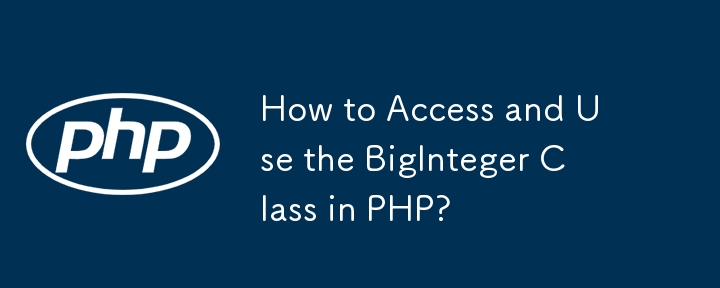<?
/*
用戶需要事先定義的常量:
_CachePath_ 模板緩存路徑
_CacheEnable_ 自動(dòng)緩存機(jī)制是否開(kāi)啟,未定義或?yàn)榭眨硎娟P(guān)閉自動(dòng)緩存機(jī)制
_ReCacheTime_ 自動(dòng)重新緩存間隔時(shí)間,單位為秒,未定義或?yàn)榭?,表示關(guān)閉自動(dòng)重新緩存
*/
class cache
{
var $cachefile;
var $cachefilevar;
function cache()
{
//生成當(dāng)前頁(yè)的Cache組文件名 $this->cachefilevar 及文件名 $this->cachefile
//動(dòng)態(tài)頁(yè)的參數(shù)不同對(duì)應(yīng)的Cache文件也不同,但是每一個(gè)動(dòng)態(tài)頁(yè)的所有Cache文件都有相同的文件名,只是擴(kuò)展名不同
$s=array(".","/");$r=array("_","");
$this->cachefilevar=str_replace($s,$r,$_SERVER["SCRIPT_NAME"])."_".$_GET[_ActionVar_];
$this->cachefile=$this->cachefilevar.".".md5($_SERVER["REQUEST_URI"]);
}The cache is the buffer for data exchange. When a piece of hardware wants to read data, it will first search the required data from the cache. If it is found, it will be executed directly. If it is not found, it will be searched from the memory. Since cache runs much faster than memory, the purpose of the cache is to help the hardware run faster.
Because cache often uses RAM, the files will still be sent to storage such as hard disks for permanent storage after use. The largest cache in a computer is the memory stick. The fastest ones are the L1 and L2 caches built into the CPU. The video memory of the graphics card is a cache for the graphics card's computing chip. There is also a 16M or 32M cache on the hard disk.
All resources on this site are contributed by netizens or reprinted by major download sites. Please check the integrity of the software yourself! All resources on this site are for learning reference only. Please do not use them for commercial purposes. Otherwise, you will be responsible for all consequences! If there is any infringement, please contact us to delete it. Contact information: admin@php.cn
Related Article
 How to Use Caching Techniques in PHP 7?
How to Use Caching Techniques in PHP 7?
10 Mar 2025
This article explores PHP 7 caching techniques to boost application performance. It details opcode caching (OPcache), data caching (memory & file), and page caching, explaining optimal strategies based on data characteristics (access frequency,
 How to Use APCu for Opcode Caching in PHP 7?
How to Use APCu for Opcode Caching in PHP 7?
10 Mar 2025
This article explains how to install, configure, and troubleshoot APCu opcode caching in PHP 7. It details configuration options (e.g., apc.shm_size, apc.ttl), verifies installation via phpinfo(), and addresses common issues like insufficient shared
 How Do I Link Static Libraries That Depend on Other Static Libraries?
How Do I Link Static Libraries That Depend on Other Static Libraries?
13 Dec 2024
Linking Static Libraries to Other Static Libraries: A Comprehensive ApproachStatic libraries provide a convenient mechanism to package reusable...
 PHP Interface vs Abstract Class:?When to use each.
PHP Interface vs Abstract Class:?When to use each.
26 Mar 2025
The article discusses the use of interfaces and abstract classes in PHP, focusing on when to use each. Interfaces define a contract without implementation, suitable for unrelated classes and multiple inheritance. Abstract classes provide common funct
 How do I use caching to improve the performance of PHP applications?
How do I use caching to improve the performance of PHP applications?
20 Jun 2025
Using caching is one of the most effective ways to improve the performance of PHP applications, which reduces server load and speeds up response time by avoiding duplicate and expensive operations. 1. Enable OPcache for opcode cache, store precompiled script bytecode in memory, set opcache.enable to On, and enable CLI cache and adjust memory consumption as needed; 2. Cache database query results, use tools such as APCu, Memcached or Redis to temporarily store infrequently, and set appropriate TTL according to the data update frequency; 3. Implement page or fragment cache, store static HTML content and quickly return based on unique keys to reduce duplicate processing; 4. Use HTTP cache headers such as Cache
 How to Access and Use the BigInteger Class in PHP?
How to Access and Use the BigInteger Class in PHP?
21 Oct 2024
Accessing the Math_BigInteger Class in PHPPHP provides a BigInteger class for handling large integer values beyond the limits of a regular integer data type. It is accessible through the Math_BigInteger class within the Math package. This package can


Hot Tools

PHP library for dependency injection containers
PHP library for dependency injection containers

A collection of 50 excellent classic PHP algorithms
Classic PHP algorithm, learn excellent ideas and expand your thinking

Small PHP library for optimizing images
Small PHP library for optimizing images




